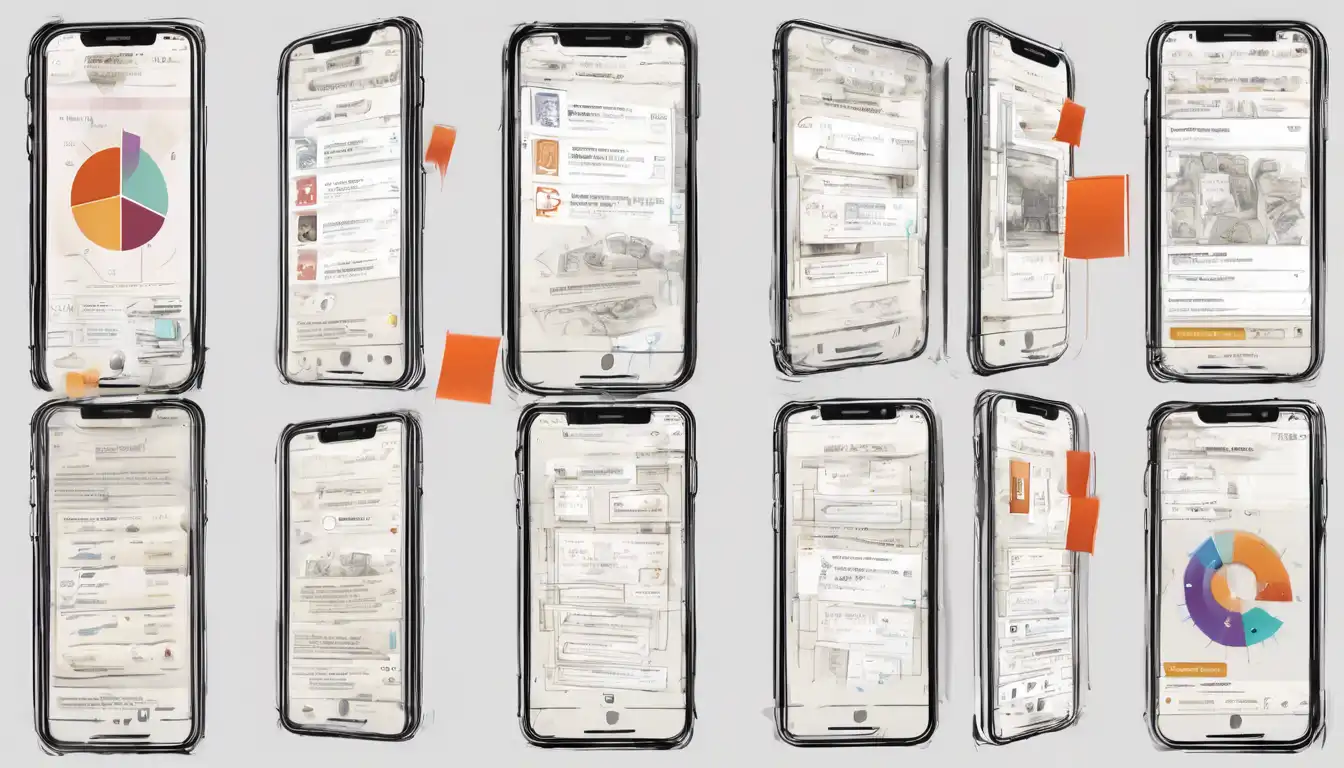Introduction to Mobile App Success
In today's digital age, building a successful mobile app requires more than just a great idea. It involves meticulous planning, understanding your audience, and executing a strategy that covers development, marketing, and continuous improvement. This guide will walk you through the essential steps to create a mobile app that stands out in the competitive app market.
Understanding Your Market
Before diving into development, it's crucial to conduct thorough market research. Identify your target audience, understand their needs, and analyze your competitors. This will help you tailor your app to fill a gap in the market or offer a better solution than existing apps.
Designing with the User in Mind
User experience (UX) and user interface (UI) design are pivotal in the success of your mobile app. A well-designed app should be intuitive, visually appealing, and easy to navigate. Consider hiring a professional designer or using design tools to create a prototype before development begins.
Choosing the Right Development Approach
Decide whether to develop a native, hybrid, or web app based on your target audience and budget. Native apps offer the best performance and user experience but require separate development for iOS and Android. Hybrid and web apps can be more cost-effective but may compromise on performance.
Testing and Quality Assurance
Before launching, rigorously test your app across different devices and operating systems to ensure it's bug-free and performs well under various conditions. Beta testing with real users can provide valuable feedback to improve your app.
Marketing Your Mobile App
A strategic marketing plan is essential to attract users to your app. Utilize social media, content marketing, and app store optimization (ASO) to increase visibility. Consider launching a website or blog to share updates and engage with your audience.
Launching and Gathering Feedback
Launch your app on the App Store and Google Play, and monitor its performance closely. Encourage users to leave reviews and feedback, which can help you identify areas for improvement and plan future updates.
Continuous Improvement and Updates
The work doesn't stop after launch. Regularly update your app with new features, improvements, and bug fixes based on user feedback and analytics. This will keep your app relevant and improve user retention over time.
Conclusion
Building a successful mobile app is a challenging but rewarding process. By following these steps and staying committed to quality and user satisfaction, you can create an app that achieves long-term success in the competitive app market.
